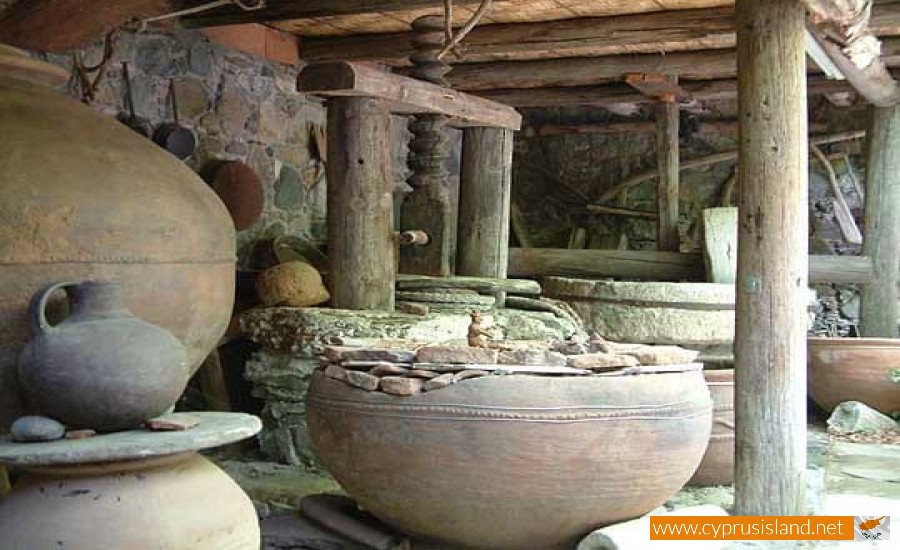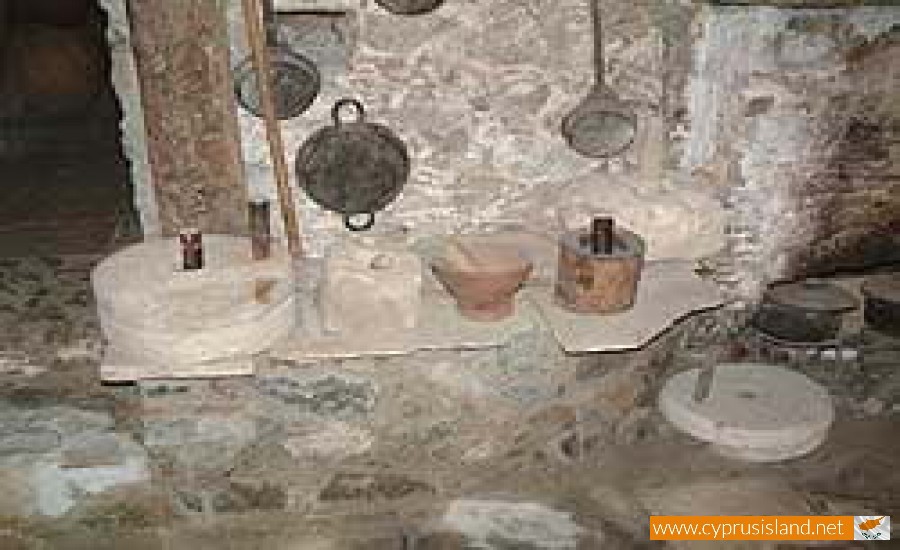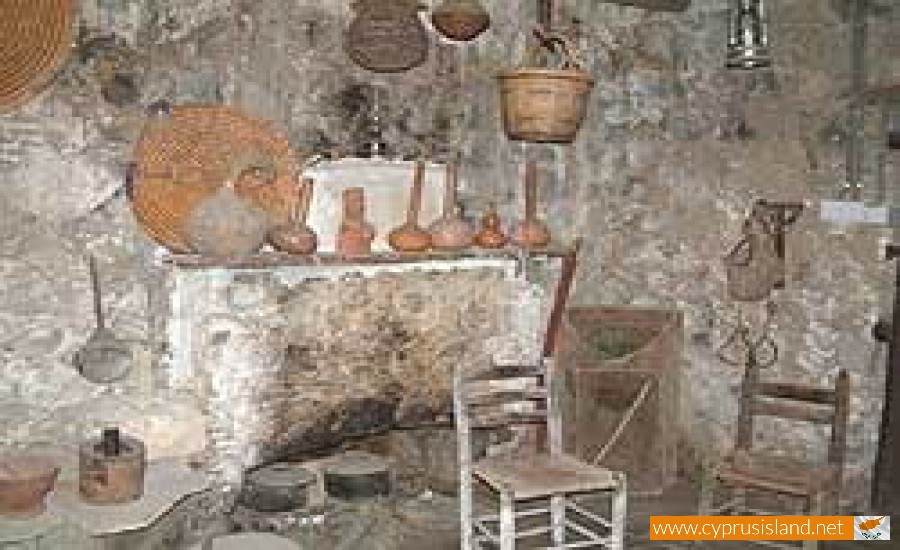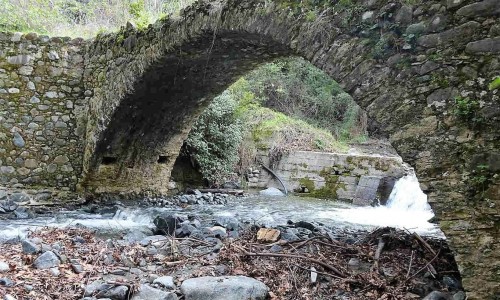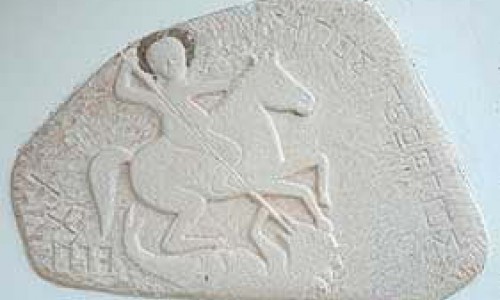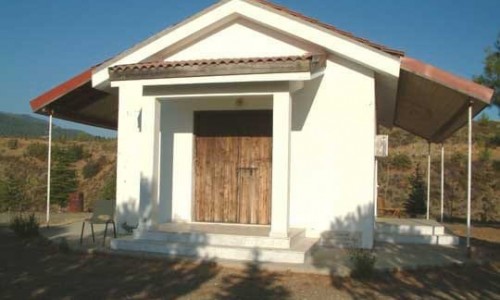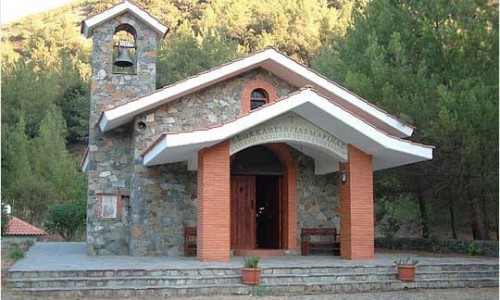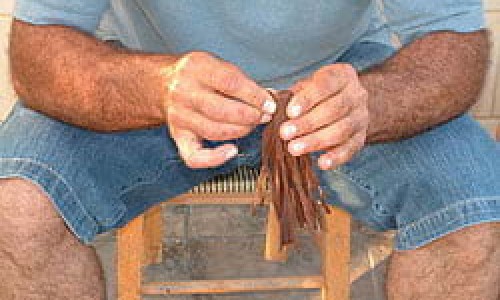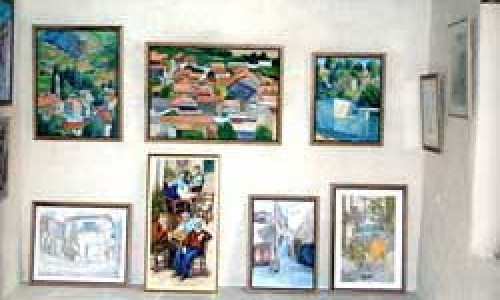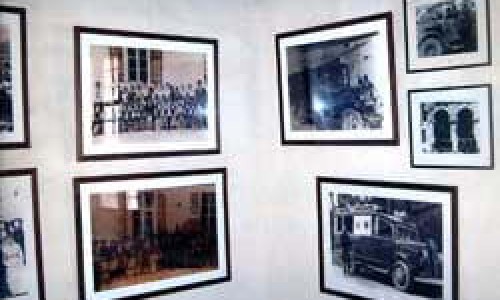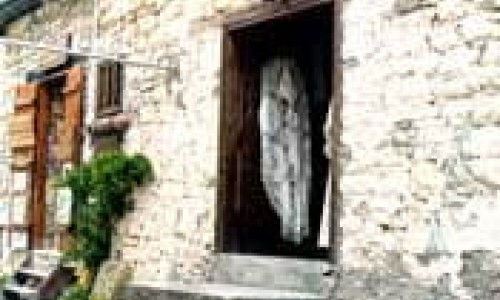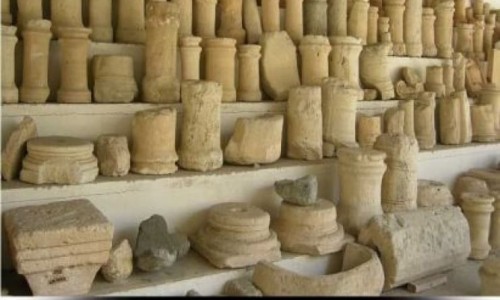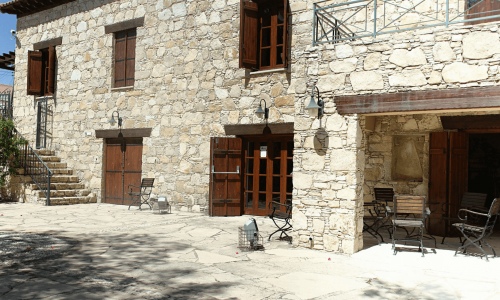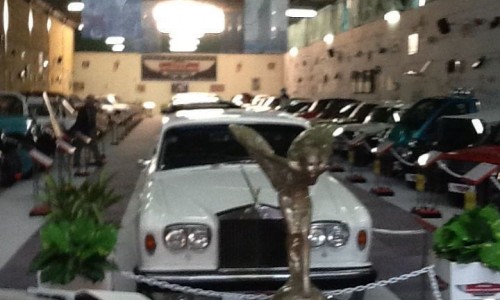Pilavakio Museum
The Pilavakio museum was founded by Theofani Pilavaki from Fini. The museum is a construction of the 16th century and is in the centre of the village of Fini. It is a unique farm museum of local art which includes representative ceramic creations of Fini as well as tools and other items of agriculture and farming use. At the Pilavakio museum one can see clay vases, pots and ancient lamps. Some items are dated back to the 18th century. The museum shows the fertile and creative past of a farming community.
Theofanis was born in 1924 at Fini from a poor family. His family dealt with the creation of clay pots. That is why his last name has the words pilo which means clay and the word vallw which means put. He went to the Fini Primary School. At the same time he helped his family with the creation of the clay pots in order to provide food and shelter for his family.


